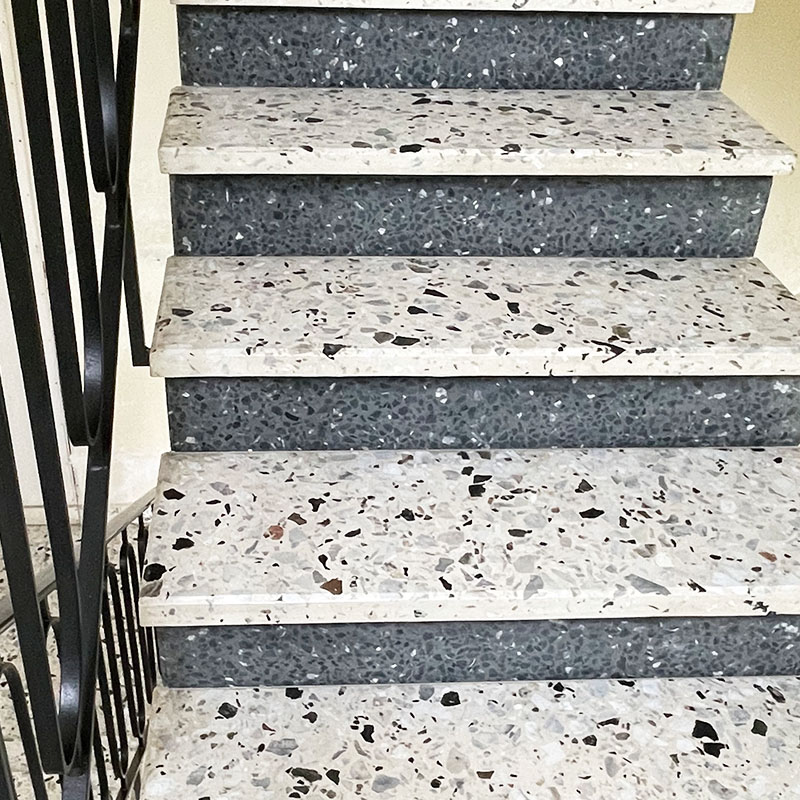Giving Careful Consideration to Your Flooring But Why?
Flooring is the foundation of function and beauty, reflecting intentional living.
.

In the field of interior design, we often spend a great deal of time focusing on furniture, paint colours, and decorative accents. However, one crucial element that is often neglected is the foundation of the space: FLOORING.
Flooring does far more than just provide a surface to walk on; it plays a vital role in shaping the overall atmosphere of a room. It determines not only the aesthetic appeal but also the functionality of the entire space.
1. Creating the Design Vision: If your space is has not been defined flooring can play a crucial role in shaping the design scheme. The selection of flooring material, colour palette, and texture can establish a groundwork for the desired aesthetic and sets the tone for the space. Whether you choose the natural hardwood or stone or the sleek appeal of polished concrete, flooring selections give a room its unique personality and ambiance.
2. Boosting Visual Impact: Flooring has a profound effect on the visual effects of a room. Lighter flooring options, such as natural soft-coloured hardwood or neutral tiles, can create an illusion of spaciousness, making the area feel more expansive. In contrast, darker tones bring a sense of warmth and cosiness. The addition of patterns, textures, and inlays in flooring can give visual intrigue and serve as focal points within the design space.
3. Understanding Space and Movement:
Flooring is essential in influencing how we perceive space within a room and in guiding the flow between different areas of a home. Using consistent flooring materials across various rooms fosters a sense of continuity and unity, enhancing both spatial flow and visual balance. Thoughtful placement of materials changes can define distinct zones within an open-concept layout, encouraging a smooth transition from one space to another.
4. Practical Aspects:
When choosing flooring, it’s a must to go beyond aesthetics to meet the functional needs of each area. High-traffic spaces, such as entrances, hallways, kitchens, and bathrooms, require durable and low-maintenance materials like wood, ceramic tile or vinyl. In contrast, areas where comfort is key, such as bedrooms and living rooms, benefit from softer flooring options like carpeting or again, wood and rugs, which offer warmth and comfort underfoot.
5. Defining Style and Personal Expression: Flooring provides a platform for homeowners to express their individuality, allowing them to incorporate their distinct style and character into their homes. Whether you prefer classic hardwood, modern laminate, eco-conscious choices like bamboo, reclaimed wood or marble, your flooring selection speaks to your personal taste and way of life. Furthermore, options for customization—such as unique patterns, decorative inlays, or stylish borders—add an extra layer of personalization, giving your space a one-of-a-kind flair.
6. Sustainable Choices: As awareness of environmental conservation rises, there is an increasing demand for sustainable flooring solutions that reduce ecological impact. Eco-friendly materials like bamboo, cork, marble, reclaimed wood, and recycled products provide viable alternatives to traditional flooring options. By selecting these sustainable choices, homeowners can lower their carbon footprint while actively contributing to the preservation of natural resources.
7. Sound Control for Comfortable Living: The sound characteristics of flooring greatly influence the comfort and tranquility of a living space. Some of the aforementioned flooring like carpet, cork, and bamboo are known for their sound-absorbing properties, effectively minimizes noise and reducing echoes, making it an excellent choice for bedrooms, home offices, and media rooms. In contrast, hard surfaces like tile or hardwood can amplify sound, enhancing the energy and ambiance in large, open areas.